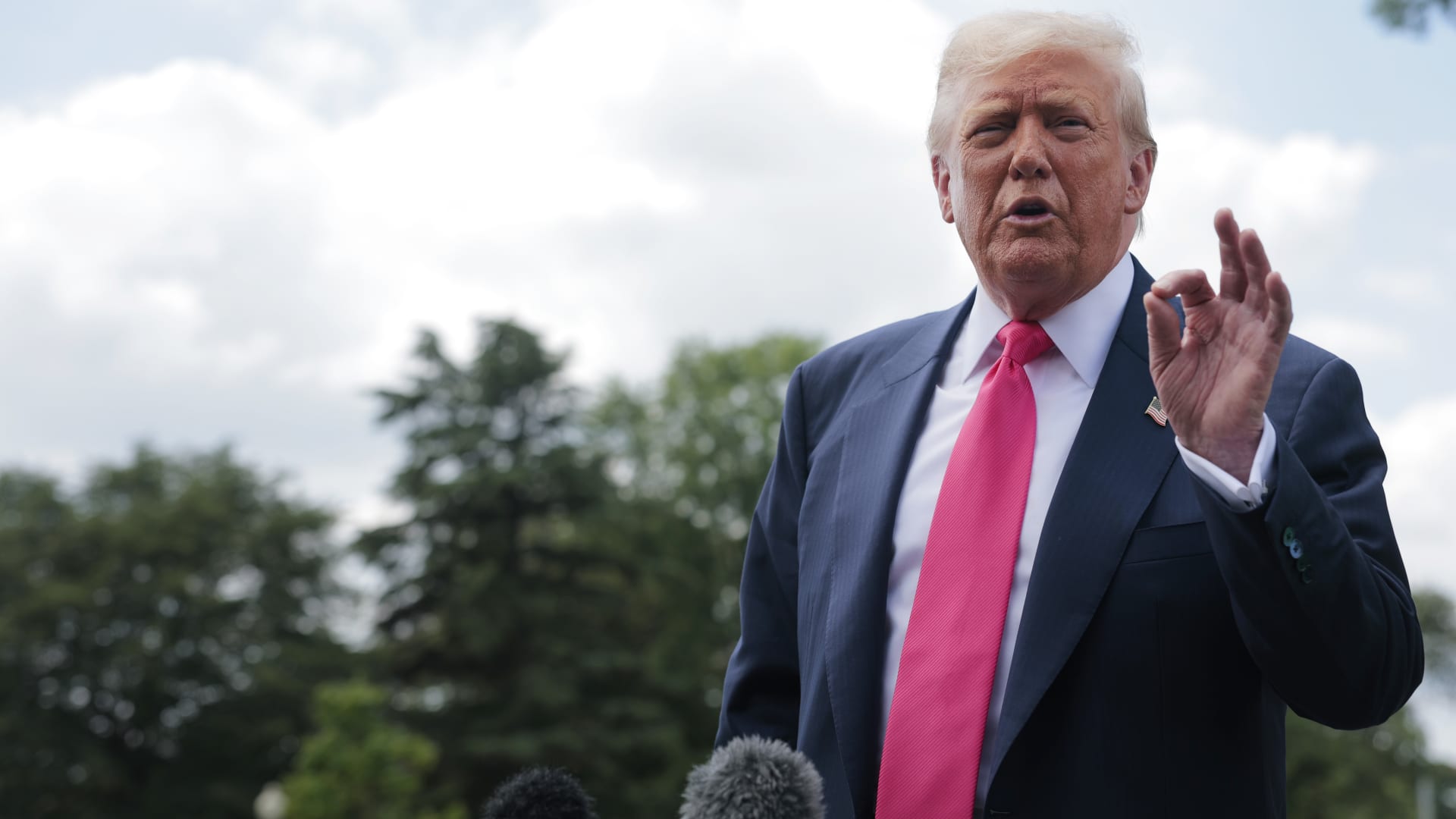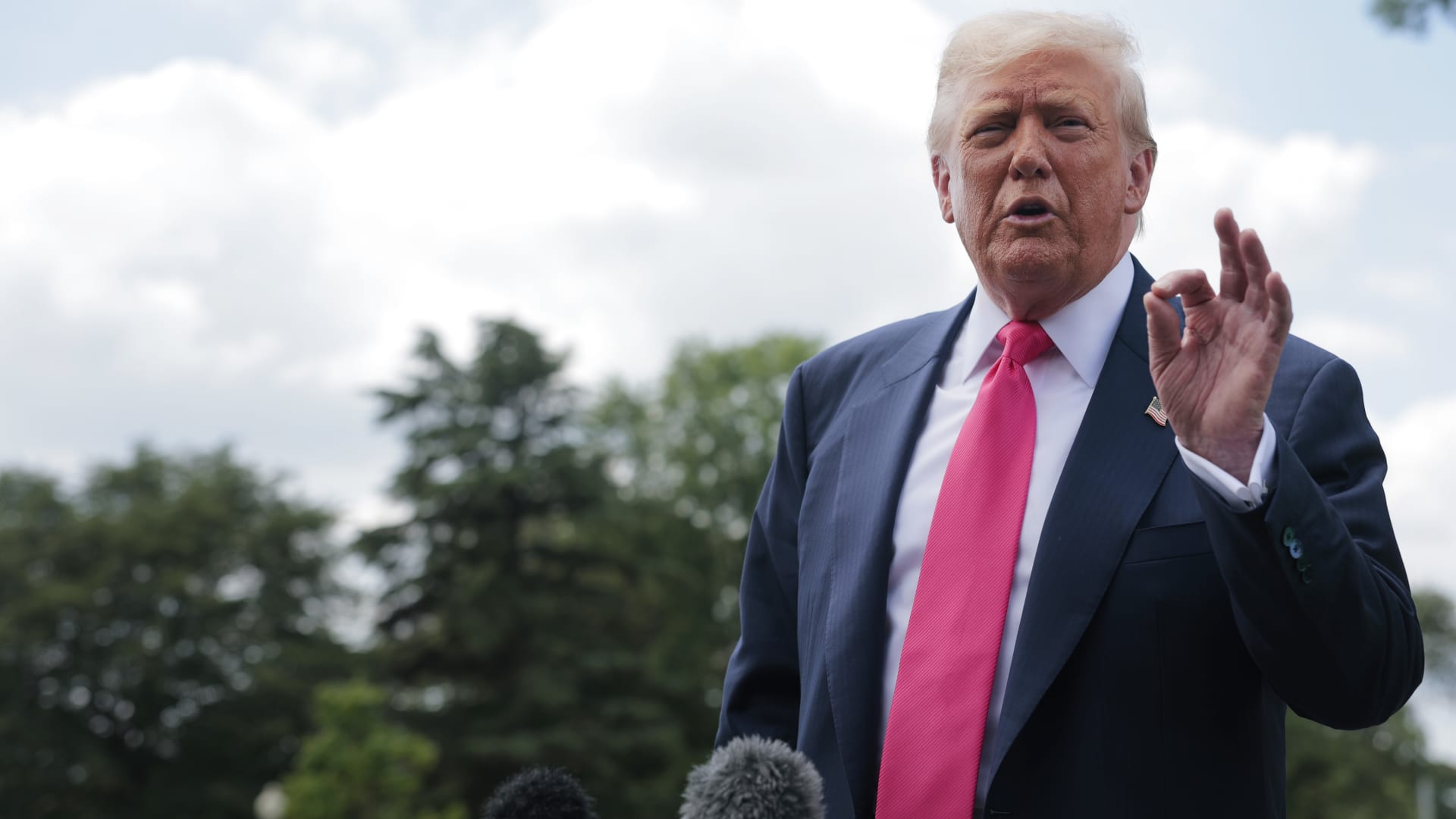The Evolving Dynamics of U.S.-EU Trade Relations: A Strategic Reassessment
Introduction: A New Chapter in Transatlantic Trade
The global trade landscape is undergoing a seismic shift, with the United States and the European Union (EU) at the epicenter of this transformation. The recent U.S.-Japan trade agreement has sent ripples across the Atlantic, prompting a strategic reassessment of the transatlantic trade relationship. This deal, while primarily between the U.S. and Japan, has significant implications for the EU, raising expectations and sparking a renewed sense of urgency in Brussels and other European capitals.
The Ripple Effect: Japan Deal Ignites EU Optimism
The U.S.-Japan trade agreement has injected a dose of optimism into the transatlantic relationship. For years, the EU has been grappling with the specter of potential tariffs and trade wars, largely due to the Trump administration’s “America First” policy. The successful negotiation with Japan demonstrates that even under a protectionist administration, trade agreements are still possible. This success has led many analysts to suggest that the EU might also be able to strike a deal with the U.S.
The Japan deal provides a template for potential compromises and areas of agreement. It showcases a willingness on the part of the U.S. to engage in negotiations, even if the process is challenging. Moreover, the agreement may ease some of the pressure on the EU, as the U.S. can now point to a concrete achievement in its trade policy, potentially reducing the need for aggressive tactics towards other partners.
Automotive Industry: A Key Battleground
The automotive industry is one of the most significant aspects of the U.S.-EU trade dynamic. Germany’s auto giants, in particular, have a substantial stake in maintaining access to the U.S. market. The U.S.-Japan deal, which reduces the threat of tariffs on Japanese auto exports, has led to a rally in German auto stocks. This reaction underscores the interconnectedness of the global economy and the sensitivity of the automotive sector to trade policy changes.
The EU fears that if it doesn’t secure a favorable trade agreement with the U.S., its auto industry could be at a competitive disadvantage compared to Japanese manufacturers. This concern provides additional incentive for the EU to engage constructively with the U.S. and seek a mutually beneficial outcome.
Tariffs as a Bargaining Chip: A High-Stakes Game
Despite the renewed optimism, the path to a U.S.-EU trade deal is far from guaranteed. Trump has repeatedly used the threat of tariffs as a negotiating tactic, and reports suggest that he is pushing for higher blanket tariffs on imports from the EU. This aggressive approach creates uncertainty and complicates the negotiation process.
The EU views tariffs as a blunt instrument that can harm consumers and businesses on both sides of the Atlantic. While the EU is open to negotiation, it is also prepared to retaliate with countermeasures if the U.S. imposes unfair tariffs. This potential for escalation highlights the high stakes involved and the need for careful diplomacy.
Beyond Tariffs: Addressing Non-Tariff Barriers
While tariffs often dominate the headlines, non-tariff barriers (NTBs) also play a significant role in shaping trade flows. NTBs include regulations, standards, and other requirements that can restrict imports or exports. Addressing these barriers is crucial for creating a level playing field and fostering a more open trading environment.
The U.S. and the EU have different regulatory systems and approaches to issues such as food safety, environmental protection, and data privacy. Finding common ground on these issues is essential for unlocking the full potential of the transatlantic trade relationship.
The Geopolitical Dimension: A Shifting World Order
The U.S.-EU trade relationship is not just about economics; it also has a significant geopolitical dimension. The two sides share a long history of cooperation and collaboration on a wide range of issues, from security to development. A strong economic partnership is vital for maintaining this broader relationship and promoting stability in a rapidly changing world.
However, the rise of new economic powers and the increasing assertiveness of countries like China are challenging the traditional world order. The U.S. and the EU need to work together to address these challenges and ensure that the global trading system remains fair, open, and rules-based.
EU’s Internal Dynamics: Navigating Divergent Interests
The EU is not a monolithic entity. It comprises 27 member states, each with its own interests and priorities. Negotiating a trade deal that satisfies all member states can be a complex and time-consuming process.
Some EU countries, such as Germany, are heavily reliant on exports and strongly support free trade. Others, such as France, are more protective of their domestic industries and agricultural sectors. Finding a balance between these competing interests is essential for maintaining unity and credibility in the negotiations with the U.S.
The Ghost of TTIP: Learning from Past Failures
The U.S. and the EU previously attempted to negotiate a comprehensive trade agreement called the Transatlantic Trade and Investment Partnership (TTIP). However, negotiations stalled due to public opposition and concerns about the potential impact on environmental standards, food safety, and consumer protection.
The failure of TTIP serves as a reminder of the challenges involved in negotiating complex trade deals and the importance of transparency and public engagement. Any new trade initiative between the U.S. and the EU must address the concerns raised during the TTIP negotiations and ensure that the agreement is perceived as fair and beneficial to both sides.
An Uncertain Future: Adapting to a Changing Landscape
The future of the U.S.-EU trade relationship remains uncertain. The outcome will depend on a number of factors, including the political climate in both countries, the negotiating strategies adopted by both sides, and the evolving global economic landscape.
The EU needs to be prepared for a range of scenarios, from a comprehensive trade deal to a continuation of the status quo to a potential trade war. Adapting to this uncertainty requires flexibility, resilience, and a willingness to explore new approaches to trade policy.
Conclusion: Charting a Course Towards Collaboration
The successful U.S.-Japan trade deal has injected a fresh dose of optimism into the prospect of a U.S.-EU agreement. While challenges remain, the potential benefits of closer economic cooperation are undeniable. The key to unlocking this potential lies in open dialogue, a willingness to compromise, and a shared commitment to creating a fair and mutually beneficial trading environment. Whether the journey leads to a comprehensive agreement or a more incremental approach, the transatlantic trade relationship will continue to be a defining force in the global economy. The path forward demands skillful navigation, not just to avoid the rocks of protectionism, but to harness the winds of change for mutual prosperity.












